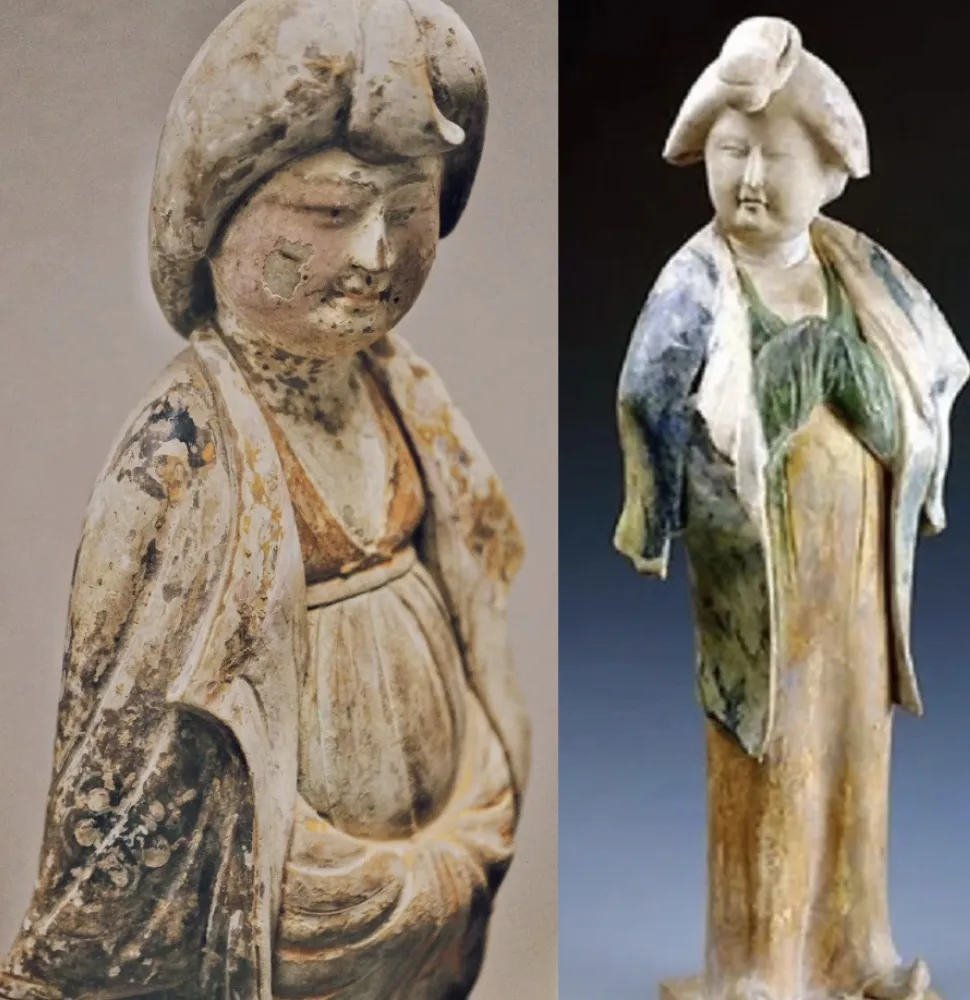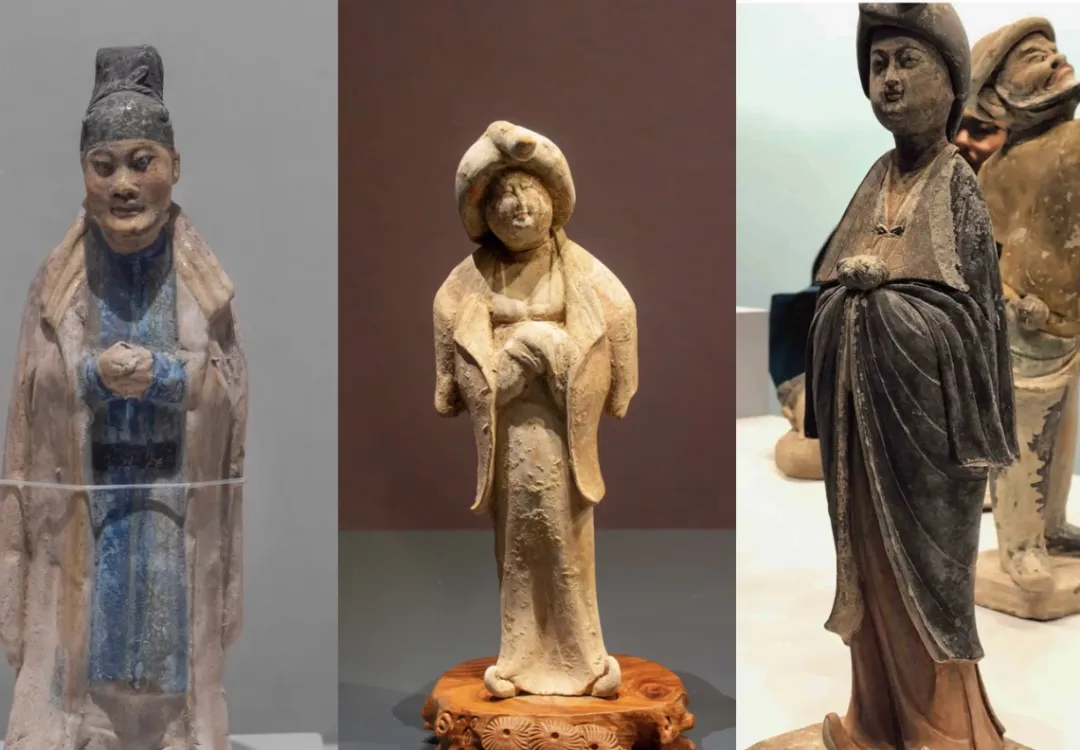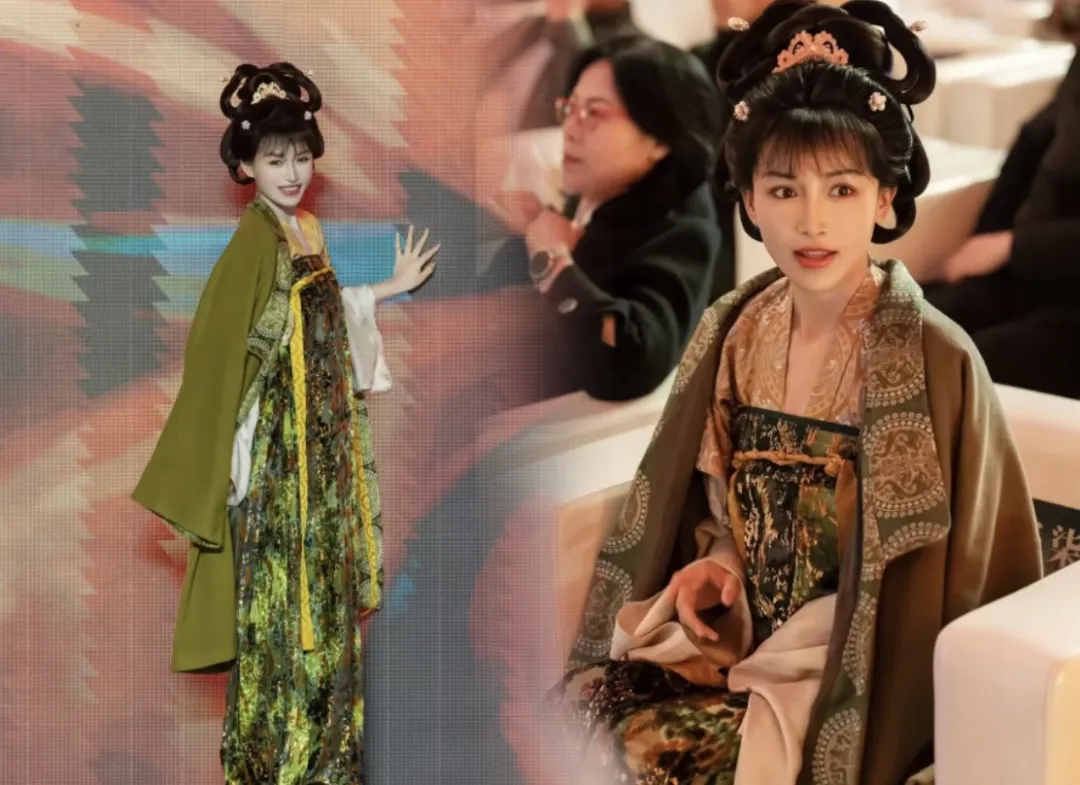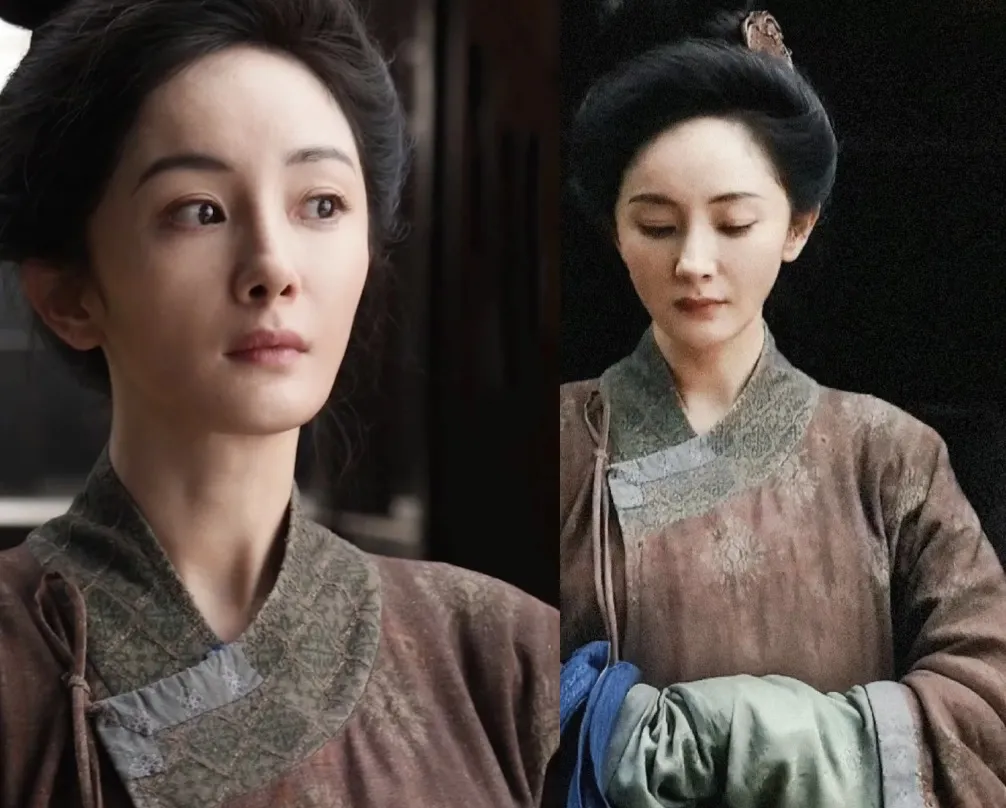
Yang Mi's look in the upcoming TV drama The Lychees of Chang'an has caught netizens' attention. They commented that although it's plain, it looks very daily!
First, Yang Mi's outfit resembles a Tang-style collar. It can be worn as a draped jacket or buttoned up, with hair styled in a bun. The draped jackets we've seen before usually have widened collars and are worn with the collar turned up. When not worn with the collar turned up, it's similar to a round - collared robe. By adjusting the position of the ties, it can also show a double - overlay effect of a cross - collar and a round collar. The color scheme of this outfit uses earth tones, giving an overall feeling of simplicity and a daily look, and it's very approachable in terms of color.
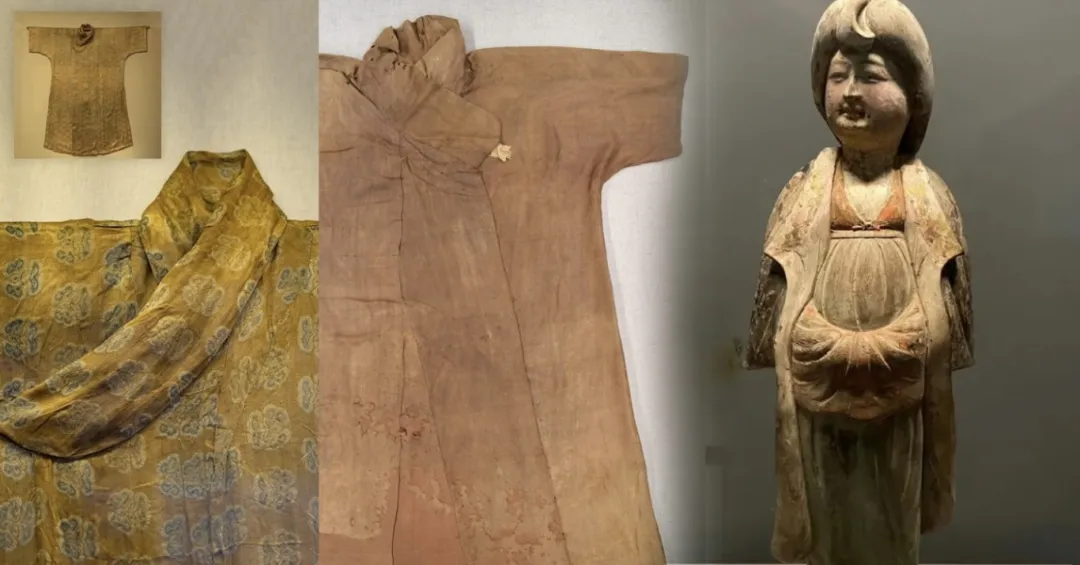
Similar outfits can be seen on Tang dynasty figurines. The round - collared draped jacket generally refers to the round - collared robe and the front - opening robe in terms of its style. When the two sides of the round - collared robe are opened and worn as a draped jacket, it's this style. This draped jacket can be worn open as an outer layer, or buttoned up; it can be worn with the collar turned up or not. The sleeve length is shorter than the outer garment, creating a layered effect. Similar styles are mostly influenced by Hu clothing, which is the result of cultural integration.
From the round - collared robe to the draped jacket, it verifies the ancient people's multi - way of wearing one piece of clothing. Moreover, the style can be slightly adjusted according to different occasions. For example, as a draped jacket, not only is the collar widened and curved, but when buttoned up, it can cover the neck. And depending on the fabric and the nature of the interlayer, it adds to the "warmth". In the previous TV drama In the Palm of Your Hand, Liu Shishi, who played Ye Ping'an, also wore a similar style.
When it gets cold, one has to add clothes. However, the ancient Chinese clothing styles didn't have a clear distinction by season. What mostly changed were the fabric, the number of layers, and the decorations, but that was enough. In the Tang dynasty, an "ao" was defined as a jacket with an interlayer. Depending on the season, more or less cotton could be added, which is equivalent to our modern "down jacket". It was really thoughtful. In the Tang dynasty's Yin Yi of All Sutras, "ao" was explained as: "A double - layer garment.
There are differences in terms of having cotton, being lined, being large or small." According to Tang Liudian, "In winter, a robe should have ten liang of cotton added, and an ao eight liang." Also, the sleeves could be long or short, so in summer, a thin version could be used as an air - conditioning jacket. Moreover, not only women but also men would wear it.
A thin draped jacket is equivalent to an autumn windbreaker, a thick one can be worn as a winter coat or cotton - padded jacket, and in summer, a single - layer one can be used as an air - conditioning jacket. It can be worn open to block the wind or buttoned up to keep warm. When the sun comes out during the day, it can be worn open again. It's both practical and stylish.
This seemingly casual outfit actually represents a fashion that the ancient people admired, a kind of leisurely and relaxed beauty. Li Ziqi also wore a similar draped jacket when attending an event before. Similar styles often appear in Tang dynasty cultural relics. There's also a half - sleeve version similar to our modern short - sleeved Polo shirts. Just like we have special golf wear today, there might have been special "riding sportswear" in ancient times.
It should be noted that the diamond - patterned Pinhie Bao (拼接包) in Yang Mi's hand is not a modern product but a replica of a Tang dynasty cultural relic unearthed in Xinjiang. Interestingly, this patchwork bag from our ancestors still looks fashionable today. Although the Han - Jin version in the museum is a replica, it shows that the common people at that time knew how to use color - contrasting fashion art.
Generally, people like complex and delicate styles. This kind of clothing, which seems to serve a similar purpose as our modern coats or jackets, is easily overlooked visually. It's so daily and low - key that it's easily ignored in museums. However, these are the daily outfits of the Tang dynasty! Now, through more information, we find that fashion is like a cycle. As we're becoming less interested in Western fast - fashion, perhaps it's time to look back to traditional Chinese clothing for inspiration.
